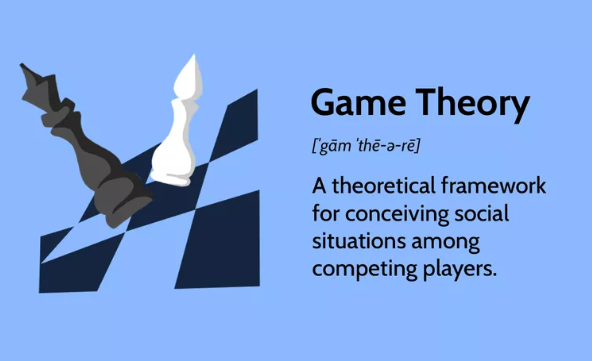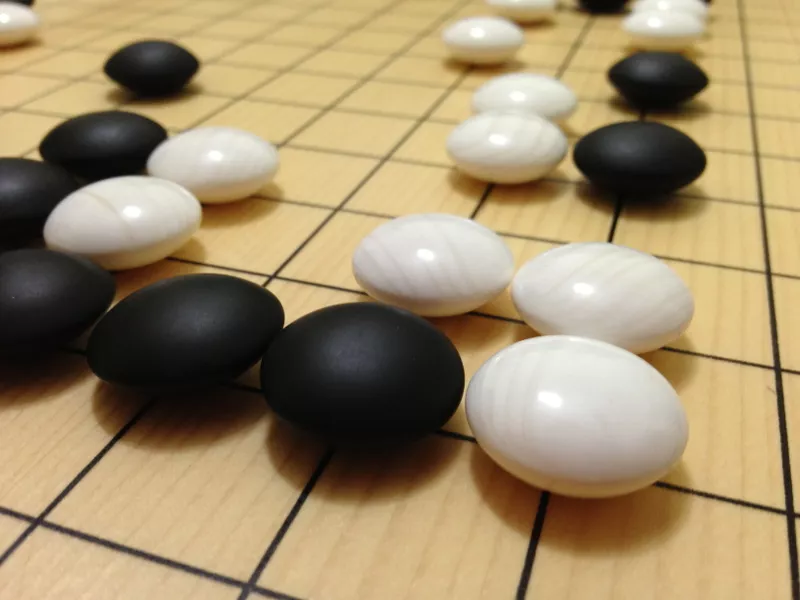
Game theory plays a crucial role in procurement by helping buyers and suppliers make strategic decisions in competitive and cooperative scenarios. It provides a structured way to analyze interactions, predict behaviors, and optimize negotiation strategies.
Here’s a first overview how it applies to procurement:
1. Competitive Bidding & Auctions
Sealed-bid auctions: Suppliers submit bids without knowing competitors' offers. Game theory helps bidders determine the optimal bid to maximize their chances of winning while ensuring profitability.
Reverse auctions: Buyers invite multiple suppliers to lower their prices in real time. Game theory helps both sides strategize—buyers aim for the lowest price while suppliers decide how low they can go before it becomes unprofitable.
Dutch auctions: The price starts high and decreases until a supplier accepts, requiring suppliers to judge the right moment to bid.
2. Negotiation Strategy
Nash Equilibrium: In supplier negotiations, each party aims to reach a stable agreement where neither can improve their position without the other party reacting. This prevents aggressive bargaining that could harm long-term relationships.
Zero-sum vs. non-zero-sum games: If procurement is viewed as a zero-sum game, one party’s gain is the other’s loss. However, a non-zero-sum approach fosters collaboration, such as long-term contracts, supplier development, and shared cost savings.
3. Supplier Relationship Management
Prisoner's Dilemma: If suppliers and buyers act selfishly (e.g., hiding information, delaying payments, or cutting corners), both may suffer. Cooperation leads to better outcomes, such as improved supply chain resilience and shared innovations.
Trust & Reputation Games: Repeated interactions between a buyer and supplier create incentives for honesty and reliability. Suppliers with strong reputations can command better contracts, while buyers who treat suppliers fairly gain access to better service and pricing.
4. Risk Management & Supply Chain Resilience
Minimax Strategy: Buyers and suppliers can use game theory to minimize their maximum potential loss, such as diversifying suppliers to avoid dependence on a single source.
Information Asymmetry: Buyers often have incomplete information about supplier costs or capabilities. Game theory helps design contracts that incentivize truthful reporting, such as cost-plus or performance-based contracts.
5. Cost Optimization & Collaboration
Cooperative Games: When buyers and suppliers share data, optimize logistics, and jointly reduce costs (e.g., through volume discounts or just-in-time delivery), they achieve better financial results than working independently.
Shapley Value: This concept helps allocate savings or benefits fairly among multiple suppliers in a joint project or consortium bid.
6. Supplier Competition & Market Dynamics
Oligopoly Behavior: If a few dominant suppliers control a market, buyers must strategize around pricing, contract length, and switching costs to maintain leverage.
Game Theory in Sole Sourcing: When only one supplier is available, the buyer must use strategies like cost transparency, contract structuring, or incentive alignment to avoid overpaying.
